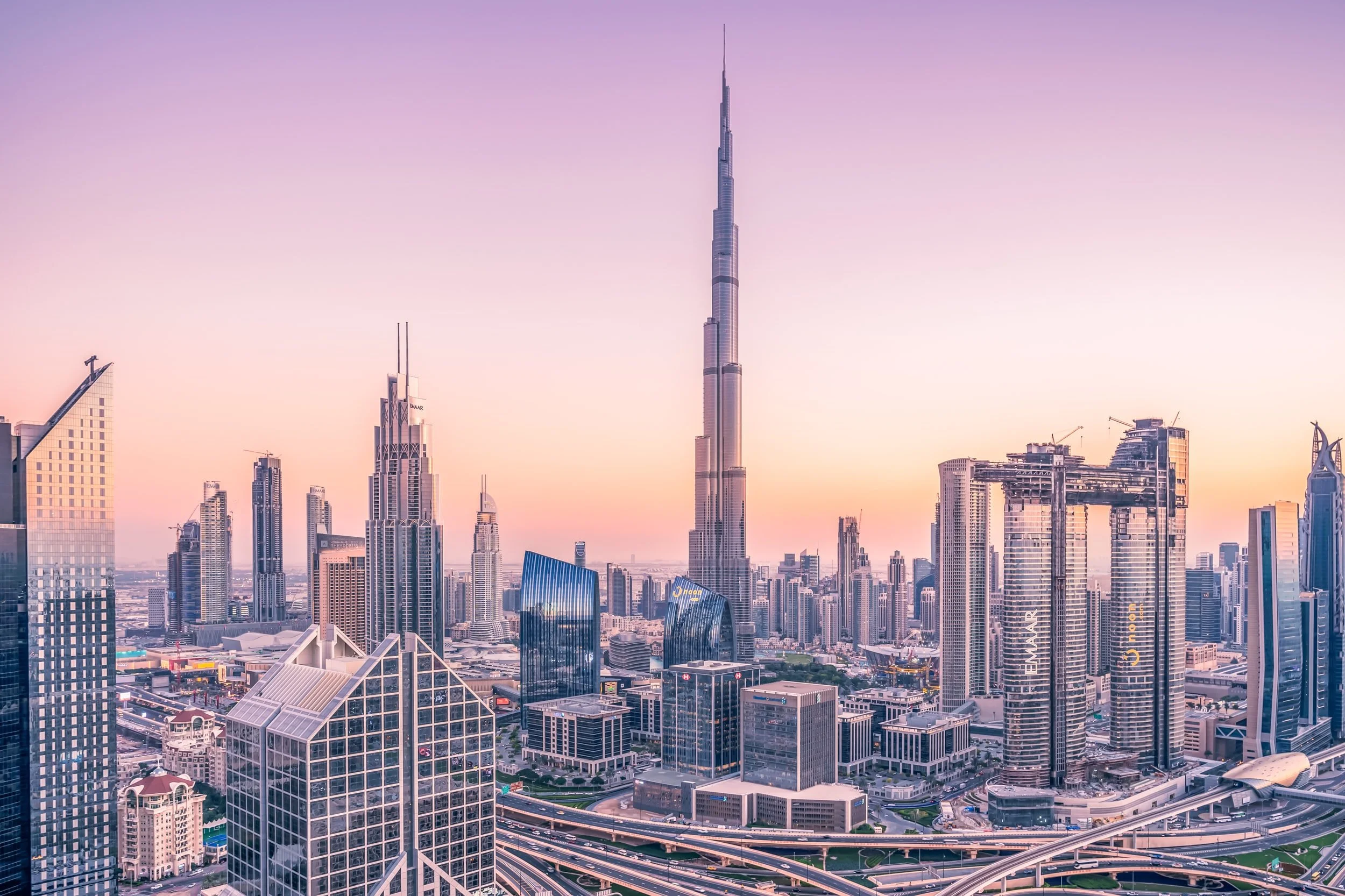The following article originally appeared on July 15, 2022 in The Hindustan Times.
When an official meeting of India, Israel, the United Arab Emirates (UAE), and the United States (US) was announced last October, it was greeted with a degree of surprise in West Asia, in New Delhi, and especially in Washington. The meeting of the four countries’ leaders this week, during US President Joe Biden’s visit to Israel, gives the grouping – dubbed I2U2 – a greater profile and an initial agenda focused on two areas: Food security and clean energy.
In Washington, at least, India’s involvement has elicited some surprise. This reflects the silos in which US foreign policy is often conducted: West Asia and South Asia have generally been treated distinctly. Now, somewhat belatedly, the size of the Indian diaspora in the Gulf, India’s role as a major energy market, and New Delhi’s defence and security relations in West Asia are all becoming better appreciated.
More importantly, the coming together of these four countries reflects some new realities. One, bilateral relations among all four have thickened in recent years to the point of their enjoying broad-based partnerships. West Asia is a region full of strategic contradictions, shifting coalitions, and tactical partnerships, so it is remarkable to hear working-level officials from all four countries talking of high levels of trust in each other.
Two, I2U2 reflects new geopolitical shifts. US ties with Israel and the Gulf Arab states have a long history, and India’s relations with Israel have grown since the 1990s. The two new developments have involved the rapid turnaround in India’s relations with the United Arab Emirates (UAE) and other Gulf Arab states since about 2015 and – more dramatically – the sudden public diplomatic and commercial rapprochement between the UAE and Israel embodied by the Abraham Accords.
Three, there is a further imperative on the part of Abu Dhabi, Jerusalem, and New Delhi: Keeping the US regionally engaged. Unlike other efforts at “minilateral” coalition building in recent years, the US was more of a latecomer to I2U2. The complexities and uncertainties of US domestic politics mean that for some partners, ensuring a productive US role in West Asia after two decades of post-9/11 wars is part of the calculus for preserving regional stability.
While there is undoubtedly a strategic logic to this four-sided partnership, there are – at present – trenchant disagreements among the four on great power politics. For India and the US, China continues to loom as their biggest strategic challenge. For India, this is apparent in the continuing border stand-off, economic and trade differences, regional security competition, and multilateral divergences. For the US, China is now recognised as long-term peer competition. But China is still more of an opportunity for the UAE – whether on energy exports or technology – and Israel, on civilian technologies, trade, and infrastructure. For now, Abu Dhabi and Jerusalem are cautious about being drawn into intensified competition in the Indo-Pacific.
If there are differences on China, there are even wider ones on Russia. As the Russia-Ukraine war rumbles along, India, Israel, and the UAE find themselves adopting similar approaches. The US is, in fact, the outlier. Starting to develop this important quadrilateral partnership on the basis of emerging great power competition is certain to prove frustrating, if not futile. It is worth recalling the fate of the Indo-Pacific Quad in its first iteration after 2008.
Instead, the group has wisely sought to develop its partnership from the ground up. Strengthening cooperation in a range of technical fields – water and food security, energy and transportation, health, and space – makes eminent sense. Following the blueprint of Quad by having identified working groups to achieve specific outcomes in a certain timeframe will signal a seriousness and indicate that the group will not just be a talk shop. The initial leaders’ joint statement does precisely that, unveiling $2 billion to integrated food parks in India and a hybrid renewable energy project for 300 megawatts of wind and solar capacity.
In time, a lot more could be done. Strengthening the start-up and innovation ecosystem between the four countries seems evident. The US has investment and a research and development infrastructure, Israel enjoys advantages in applied science and technology, the UAE is experimenting with competitive policies to attract and incubate start-ups, and India has human resources and talent at scale.
A further area that might be worth exploring, should some of the efforts at technical cooperation take off, would be in third countries and regions, especially sub-Saharan Africa. Demographically, Africa will be the fastest-growing region in the coming decades. Once again, all four I2U2 partners bring strengths to the table, whether in terms of diplomatic resources, investment and financing, technical expertise, or people-to-people links.
A leadership-level initiative involving India, Israel, the UAE, and the US focused on fostering a ground-up partnership makes sense, given regional volatility and convergent interests. But once basic cooperation gets underway, and the group has something to show for their efforts, exploring ways to combine their innovation ecosystems and partner in other regions would represent natural next steps.

